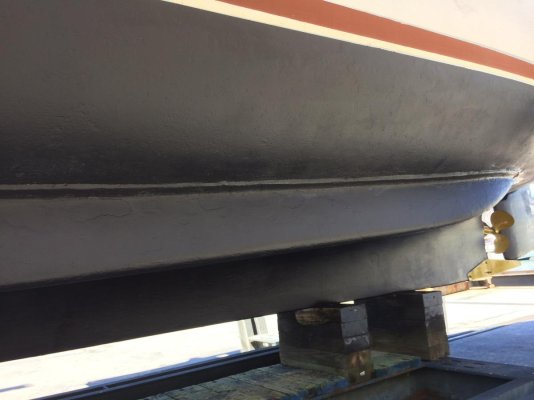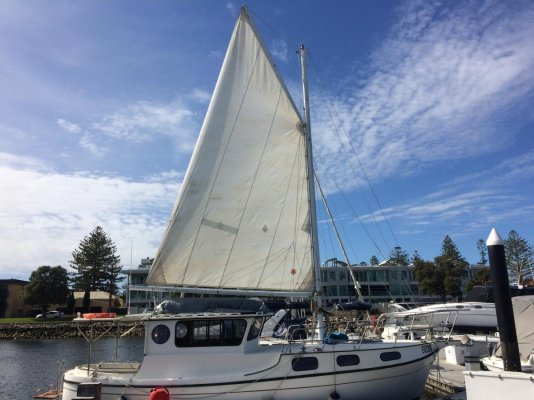angus99
Guru
We are looking at a 44 DeFever to do the Great Loop, cruise to Bahamas, and do the Down East Loop (up and around Nova Scotia). It does not have stabilizers. For protected waters, I'd suspect stabilizers would not be beneficial.
However, would they be beneficial in the waters around Nova Scotia and Bahamas?
We do realize the subjectivity of the question and welcome your opinions.
Just noticed you’re in Chattanooga. Let me know if you’d like to see what stabilizers in a Defever 44 look like.




